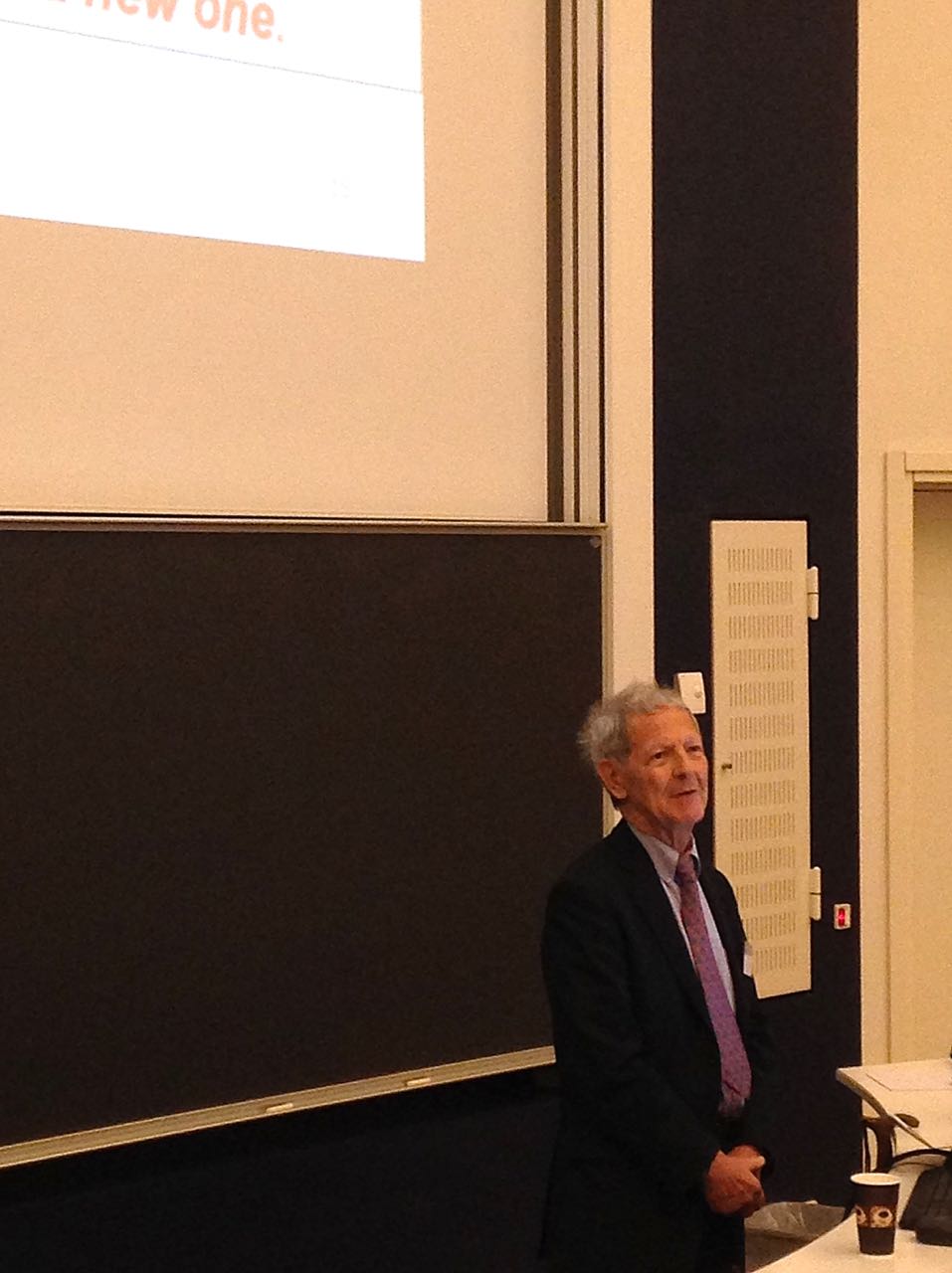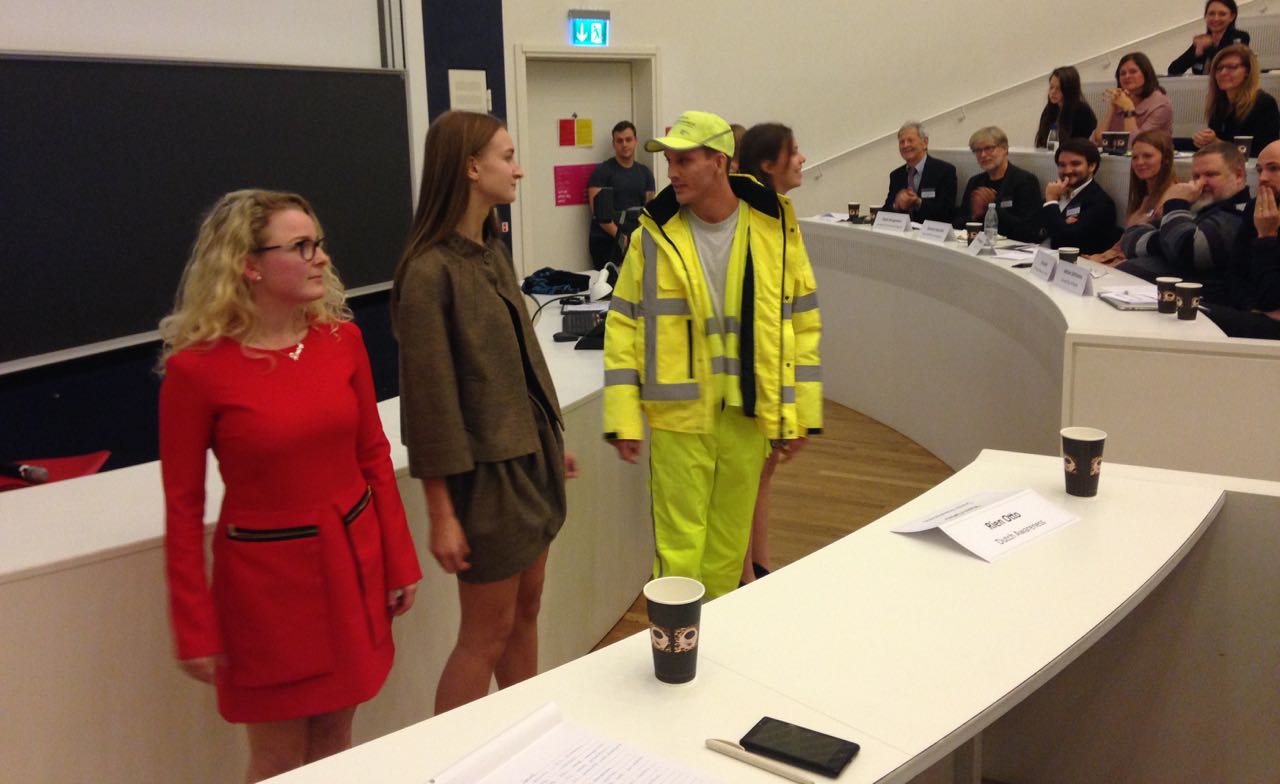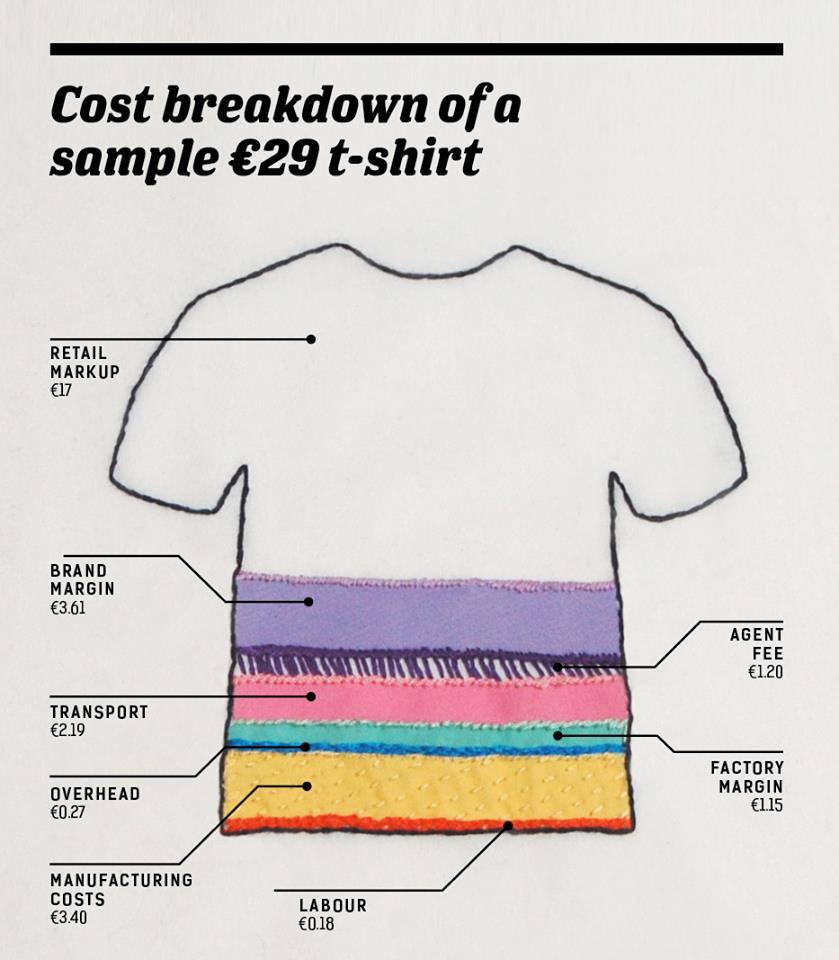
Illustration lent by Fashion Revolution
The fashion and textile industry is one of the most polluting and wasteful industries in the world with a high consumption of water, energy, chemicals and pesticides used for crop production, and all of this affects both the environment and the people working in the industries. But unlike many other industries, most of us actually have access to participate in changing the industry and this is already taking place …
Like in the US where more than 14 percent of consumers in 2016 looked for apparel and accessories made from natural materials, this is up from 12.9 percent the year before, according to a Euromonitor International survey. Shoppers looking for clothes that were reused or recycled rose 2 percent in 2016, and more millennials looked for “sustainably produced” apparel and accessories than any other age group. Read more about the development in the US here.
In Denmark we use the equivalent to 16 kg textiles per Dane per year – this being garments and house textiles and only half of it is will be either recycled or reused, where the rest will probably go into incinerators. In Denmark we used to produce textiles, but this production has been moved to cheaper manufactor places, like Asia, North Africa and Eastern EU, and yet the fashion and textile industry is still one of the country’s largest export industry. The industry employs about 10,000 people who design, develops and sells clothing and textiles and in 2012 exported for about 33 billion. Dkr. I see this as a great opportunity to shape the development and gain influence. – All designers please wake up, be aware and join forces. – This is a great possibility.
For customers buying clothes, there are some basic guidelines that is good – and easy to follow, if you like be dress sustainable:
Choose to buy less and in high quality for the cloths to last long, and here think of both function and style while purchasing. Products designed to last long is a great start, since manufactoring the garments is the most polluting part of it’s lifespan. That also gives you the possibility to sell it 2. hand if you no longer use the garment.
Look for garment with environmental labels, which in Denmark could be Svanen, Blomsten, GOTS, Oeko Tex, Ecolabel or other labels that certifies, that the products material and/or manufactoring has been made in a environmental friendly way.
Also remember to wash your garment at the lowest possible temperatur to save energy in the use phase, and when your textiles are used up, like totally finished and used up, then hand it in for recycling – for the fibers to be used again for new textiles. Yeha.
In short: – buy less and in good quality, products made from reused materials, or 2. hand – for ressources to be keeps in loops for a long as possible. And when you do no longer want it, then sell it 2. hand or pass it on, and when the textile is totally used up and finish – hand it in for recycling, for it to keep on looping OO
http://www.reclaimtowear.com/
Homepage
Bellow Adidas sneakers made from ocean plastic.
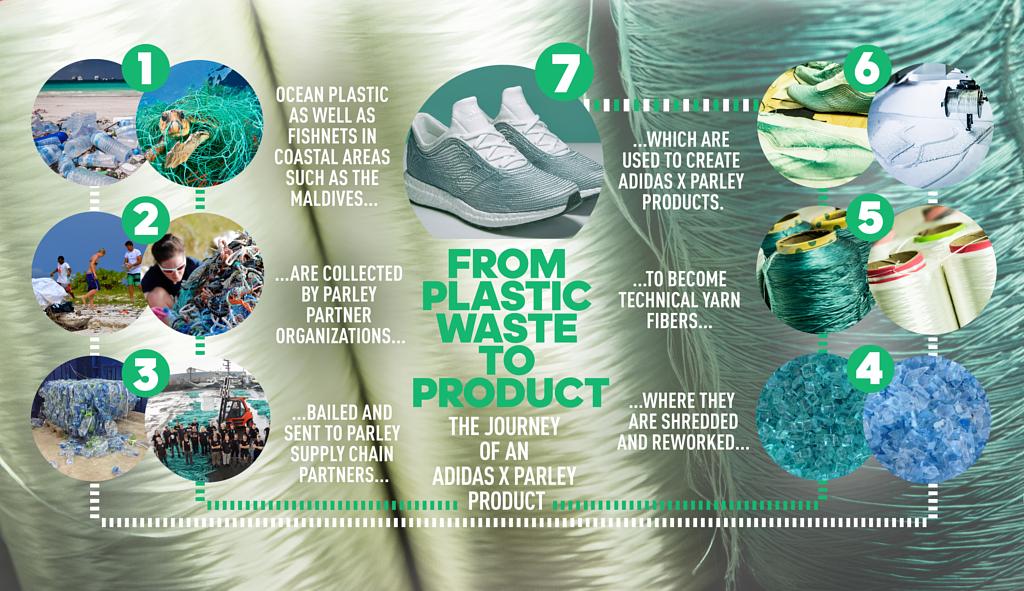
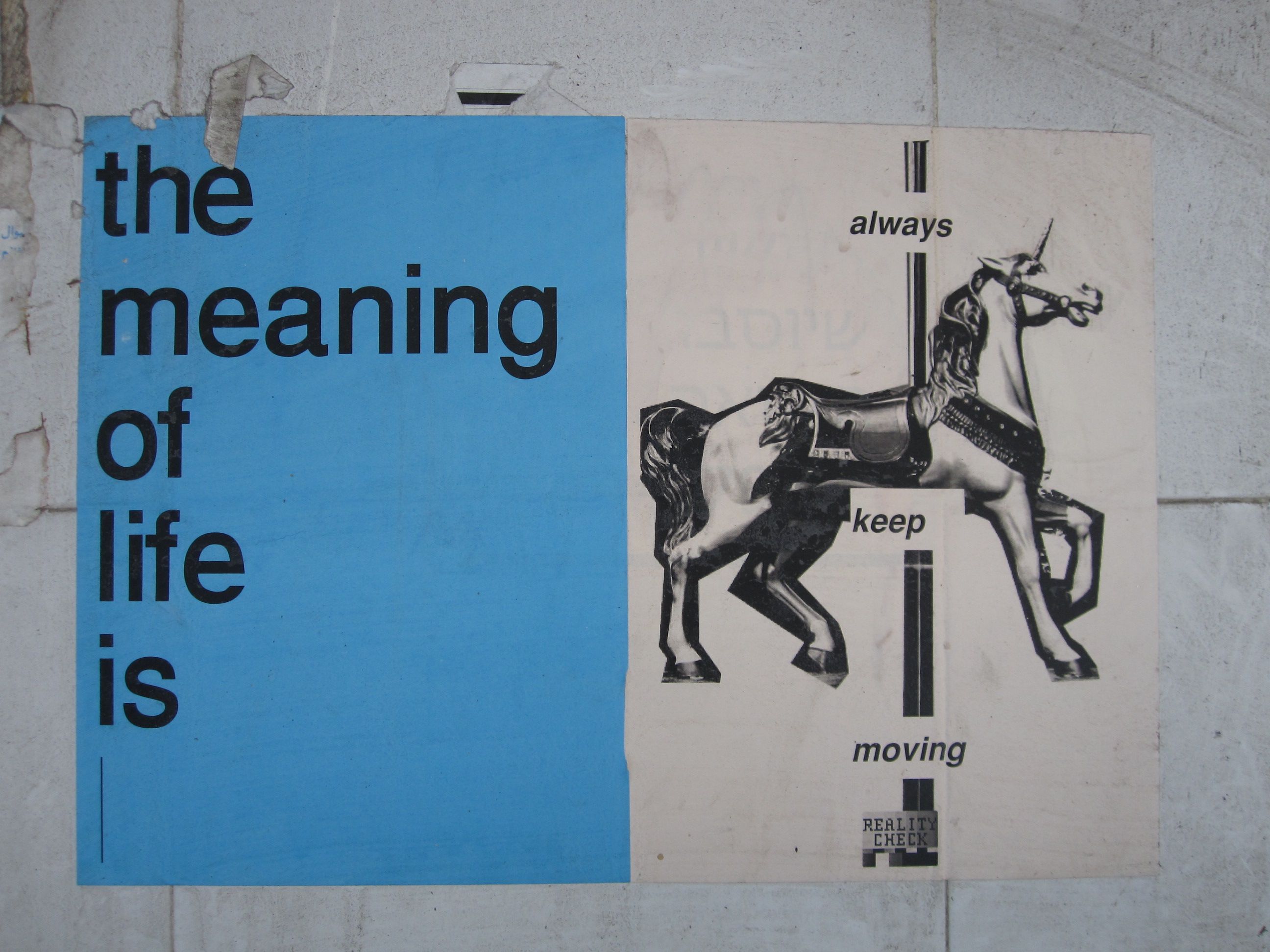 KOM NU! Brug dine indkøb – brug dine penge til at ‘stemme med’. Virksomhederne har utrolig stor magt i vores samfund og verden. Men du besidder den ultimative magt, vær bevidst om det og brug den! Stem på virksomheder der gør en forskel, når du handler.
KOM NU! Brug dine indkøb – brug dine penge til at ‘stemme med’. Virksomhederne har utrolig stor magt i vores samfund og verden. Men du besidder den ultimative magt, vær bevidst om det og brug den! Stem på virksomheder der gør en forskel, når du handler.
